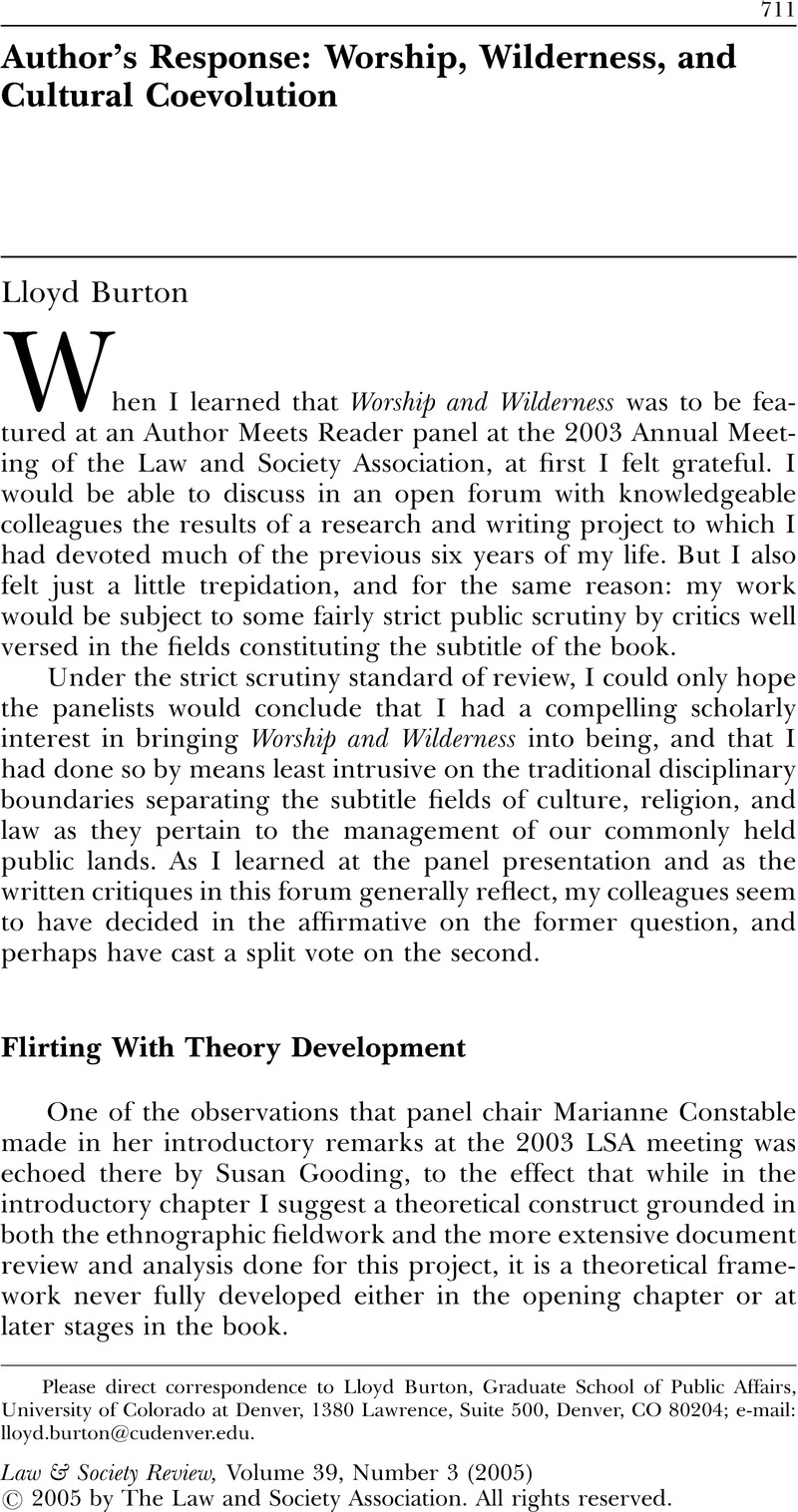Crossref Citations
This article has been cited by the following publications. This list is generated based on data provided by Crossref.
Goshen-Gottstein, Alon
2020.
Judaism and Interreligious Co-evolution: A Retrospective Reading.
Contemporary Jewry,
Vol. 40,
Issue. 1,
p.
15.



